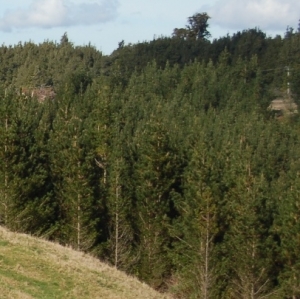THE VALUE of New Zealand's forestry-product exports has more than doubled in the last 20 years, Statistics New Zealand says.
The export of logs to China is driving the increase. In 2012 we exported $4.5 billion of forestry products, compared with $1.9 billion in 1992. They continue to be our third-largest goods export, after dairy and meat.
The types of forestry products we export and who buys them have also changed over the 20 years.
"In 1992, logs accounted for less than a quarter of New Zealand's total forestry exports, but overseas demand, particularly from China, saw this jump to 35% by 2012," prices manager Chris Pike says.
The value of log exports more than tripled between 1992 and 2012 – from $443 million to $1.6 billion. Since 2008, the value has grown sharply – increasing 22% a year on average.
"This rise was due mainly to the volume of log exports tripling. Prices have increased by a smaller 16%," Pike says.
The increased export of logs to China has been a major contributor to the greater value of our log exports. In 1992 we sold only $59 million worth of logs to China. This was up to slightly more than $1 billion by 2012, making China our top market for logs – surpassing both Korea and Japan.
"New Zealand is now the third-largest exporter of logs in the world, after Russia and the United States. In 2012 we supplied 8% of the total value of the world's export logs," Pike says.
Sawn timber is our second-largest forestry product export, followed by manufactured wood products, paper and paper products, and wood pulp.
"Between 1992 and 2012 New Zealand has become more reliant on log exports. China is now a key market for our forestry products, taking 34 percent of the total value of our forestry-product exports in 2012, compared with 4 percent in 1992," Pike says.











